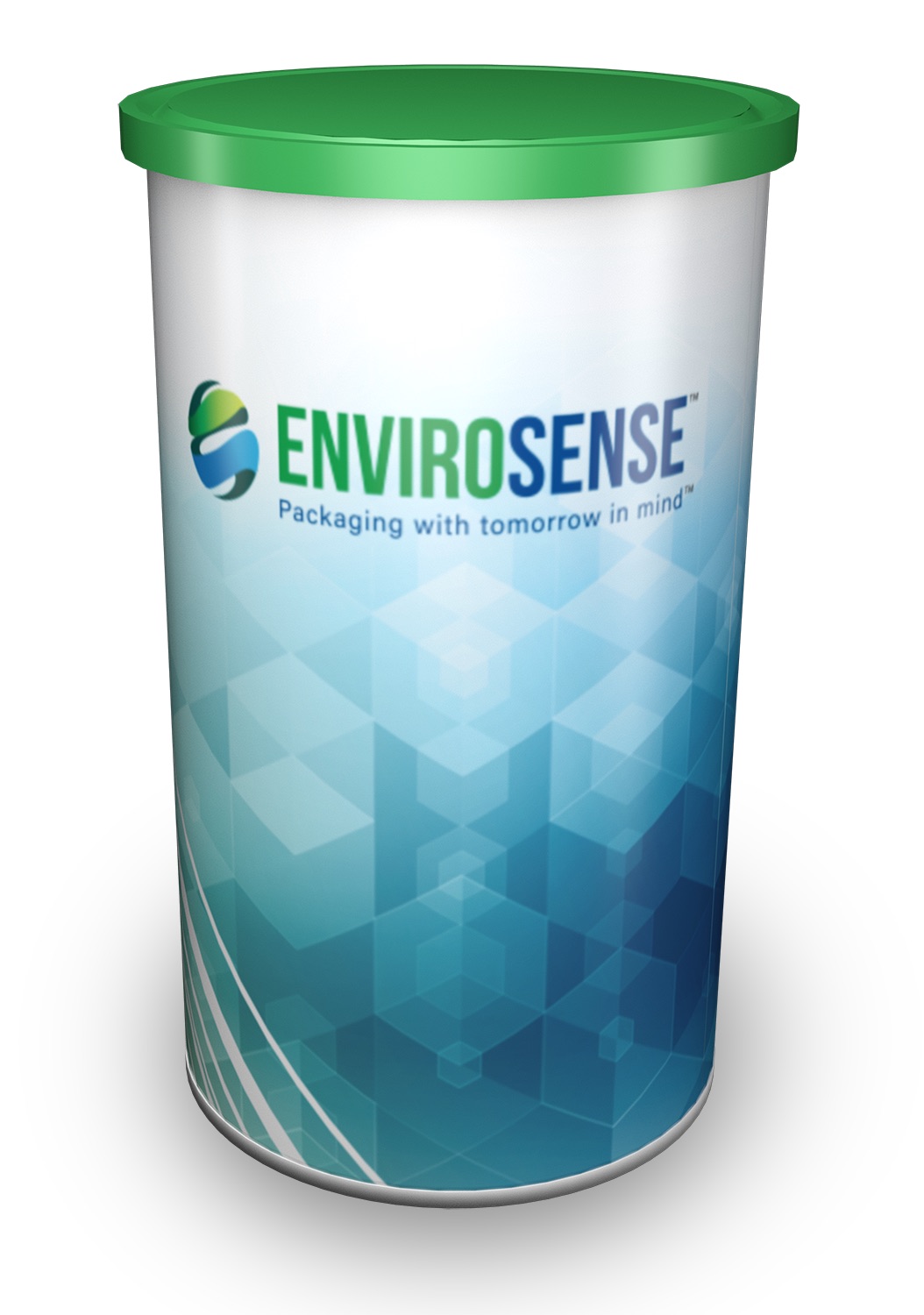 Recyclability is more than a label. Just because packaging can technically be recycled doesn’t mean it will be. It’s possible for packaging to have a recycling claim but still contaminate the reprocessing process or not fill a viable need in the market. We believe there are four criteria for packaging to be considered recyclable:
Recyclability is more than a label. Just because packaging can technically be recycled doesn’t mean it will be. It’s possible for packaging to have a recycling claim but still contaminate the reprocessing process or not fill a viable need in the market. We believe there are four criteria for packaging to be considered recyclable:- Does the local program allow the consumer to put it in the bin?
- Can their local material recovery facility (MRF) sort it properly?
- Can the processor turn the packaging into a usable recycled material?
- Does someone want to buy the recycled material and turn it into a new package or product?
If a package doesn’t check off on any one of these criteria, it’s not going to get recycled. To explain these steps, let’s take our EcoSeal™ rigid paperboard can through the recyclability checkoff journey.
Consumer
At Sonoco, we’ve worked to ensure our packaging is capable of making relevant on-package recyclable claims in line with the FTC Green Guides. The availability of “Check Locally” labeling on EcoSeal™ packaging means that 20%-60% of the U.S. population has access to a recycling program that accepts the packaging. Consumers can call their local recycling center to ensure their location will accept the packaging.
Material Recovery Facility MRF
With clear communication on the labeling, an EcoSeal™ package can be disassembled and sorted correctly at the MRF. The plastic lid can easily be removed and is considered recyclable through the plastics stream. The paper canister is made with a customizable paper bottom, making it suitable for the paper stream. EcoSeal™ packaging also has a paper membrane option.
Processor
The EcoSeal™ rigid paperboard can has passed the testing for repulpability and recyclability, ensuring it provides value for paper markets. The package has low to medium barrier material options which come off cleanly in the pulper. The barrier of a package is designed to ensure it can hold the product inside fresh for as long as the product needs to be in the supply chain.
Market
Once recycled, the fiber from an EcoSeal™ rigid paperboard can is able to be used in the production of new paperboard. There is a viable need for recycled fiber in the market. According to the Sustainable Packaging Coalition, “Demand for recycled fiber for use in paper packaging is generally believed to exceed supply.” 1
Sonoco’s Commitment to Sustainability
The EcoSeal™ recyclability checklist is complete, but our sustainability story is not. Recycling – just one part of our sustainability story – is fundamental to Sonoco’s core business model. We’ve been recycling for more than a century. Sonoco recycles, or causes to be recycled, the equivalent by weight of 83% of the product we place in the marketplace. Recycled materials can be used in a variety of products such as garbage bags, bins, composite lumber and even clothing. There are numerous practical and creative uses!
As part of our sustainability strategy, we want to expand our contacts’ knowledge about sustainability topics with resources like this blog, Making Sense of Sustainable Packaging. In it, we detail need-to-knows about sustainable packaging considerations and terminology.
1 Davis, T., Sustainable Packaging Coalition. “Shifting from Intention to Action on Recycled Content – Exploring the SPC’s Design for Recycled Content Guide.” 2019.